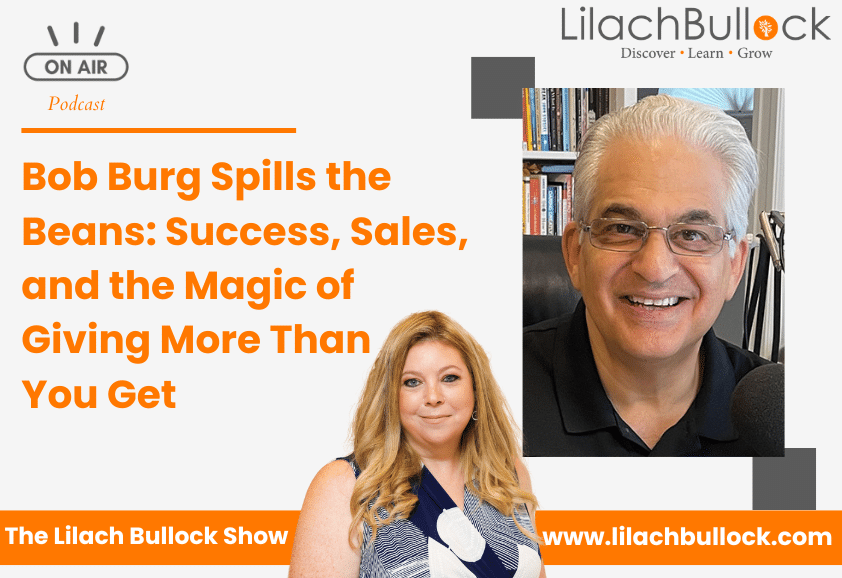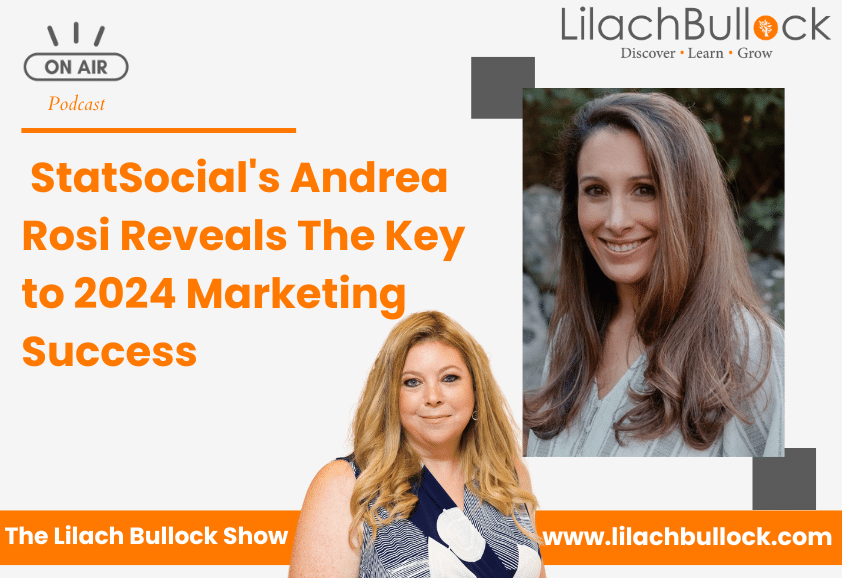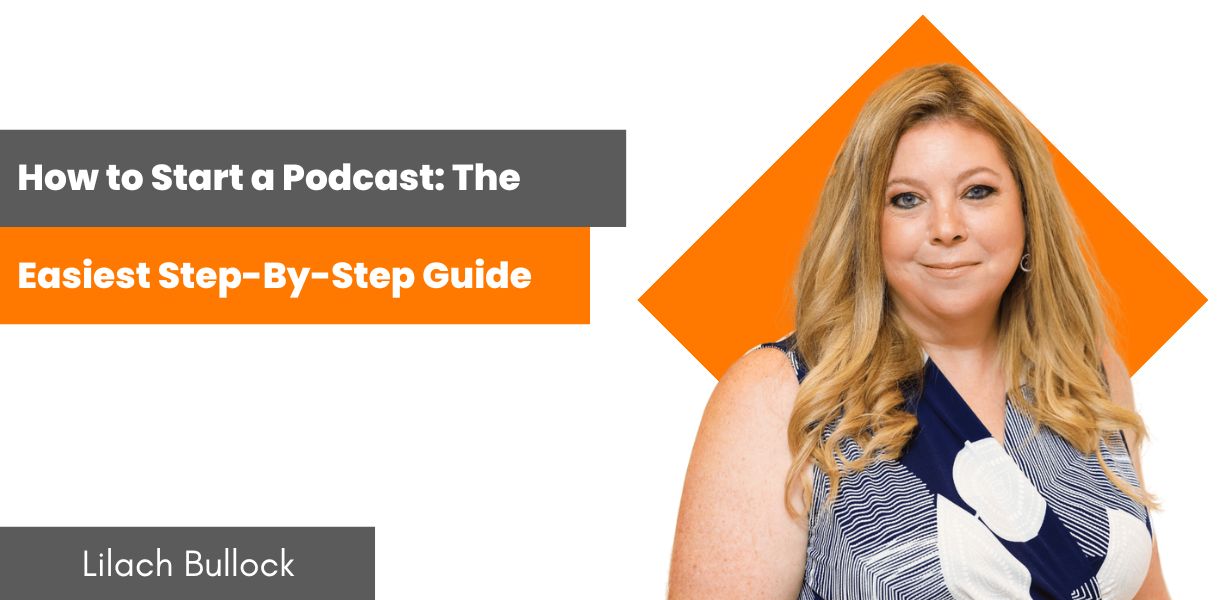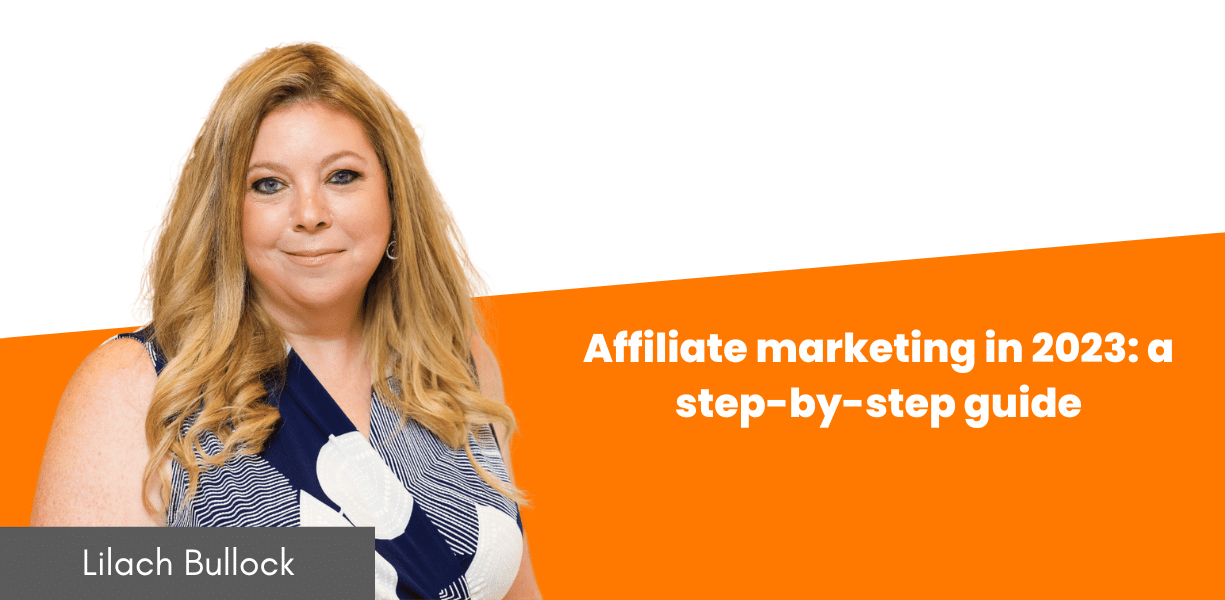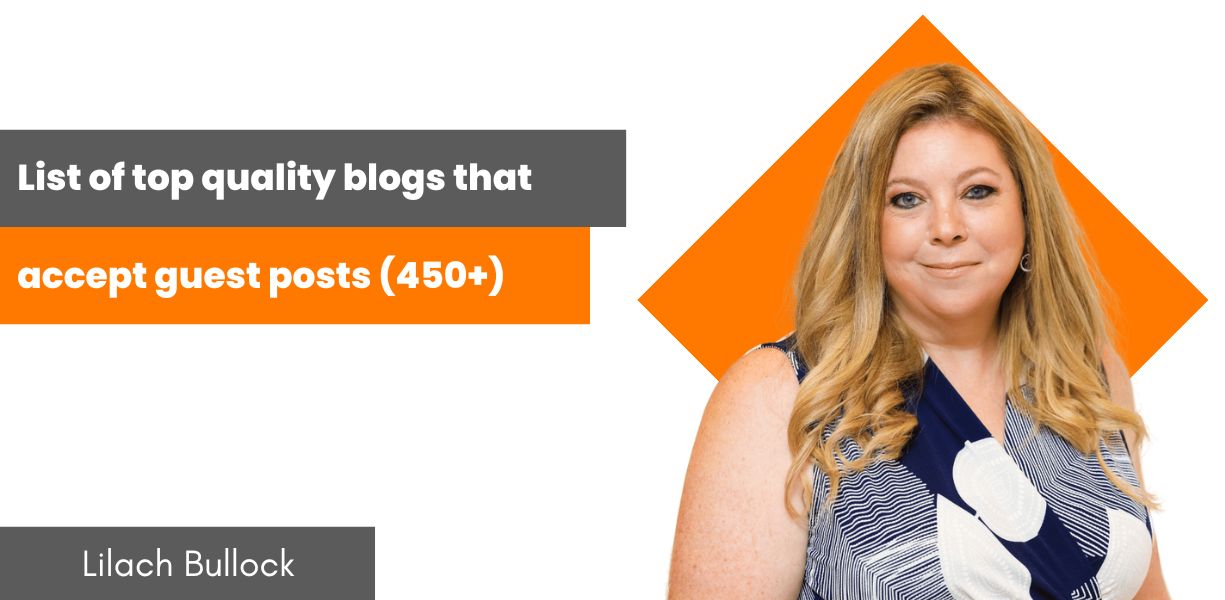Follow Lilach
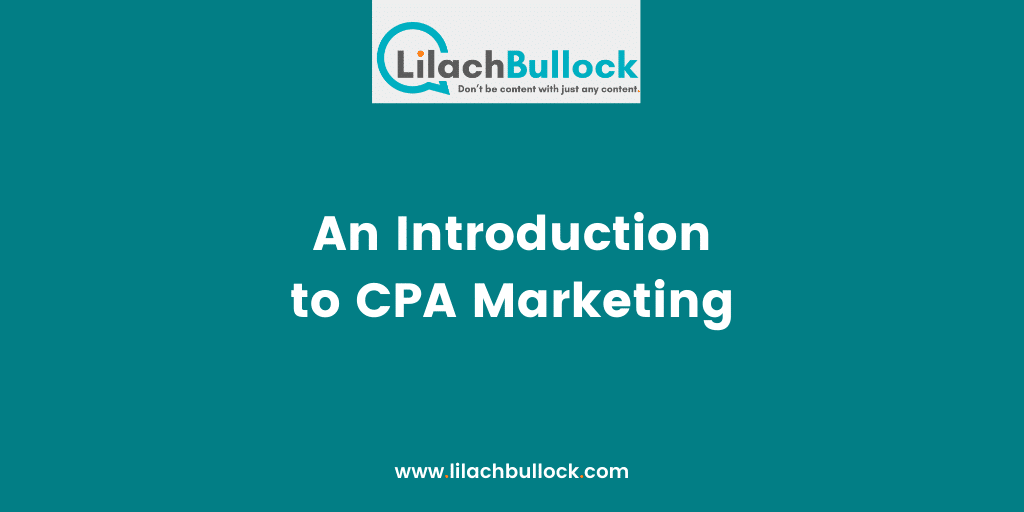
An Introduction to CPA Marketing
You’ve probably heard of affiliate marketing in some capacity, but you might not be sure what it is or how it works.
With affiliate marketing, you boost traffic to your business’s website by asking third-parties to advertise your products. These can be influencers, celebrities, blogs, etc. It is highly popular because it’s mutually beneficial to both the business and the affiliate. The business receives the boost and the affiliate is rewarded with a commission.
The terms of these affiliate agreements vary, but CPA marketing is a specific model of affiliate marketing that may produce even greater benefits than usual.
What Exactly is CPA Marketing?
The CPA stands for cost per action, which is what makes this model of affiliate marketing so unique. Unlike other setups, where affiliates earn a commission purely through clicks, CPA marketing requires a specific action to happen by the visitor before the commission.
There are a variety of forms this action could take, including:
- Purchase of product
- Email subscription
- Form completion
- Signing up for a trial
Essentially, anything that pushes your brand forward and demonstrates measurable results can be considered an action. It’s clear to see why CPA marketing is thought of as such a valuable form of marketing to many businesses, as it’s founded on the principle that you only pay out when you receive observable gains.
Potential affiliates and businesses are usually brought together via CPA marketing networks. They work to connect influencers/web personalities/popular bloggers with brands that share their niche. Of course, there’s nothing to stop brands or influencers from forming their own links via research.
Step by Step: How Does it Work?
To fully explain how this process works, let’s look at a simplified step-by-step example scenario between an influencer and a bigger brand:
- Step 1: An influencer and brand are linked either via a CPA network or through their own research based on their shared target audience
- Step 2: The influencer directs their audience to the brand’s main site promoting their product/service
- Step 3: The traffic directed to the site by the influencer is converted into product sales
- Step 4: The brand pays the influencer a percentage of the profit from these sales as commission
Through this 4-step process, it’s easy to see the benefits of using a CPA model as opposed to a standard affiliate program. Because the brand is receiving greater benefits from their affiliates, they’re more inclined to provide higher commissions.
Tips For Getting Started
The following tips are aimed at both influencers/bloggers and brands alike, so depending on which camp you fall into, you should find something valuable:
- Research CPA Networks: If you do choose to go down the route of using a network, make sure the one you align yourself with has good reviews. There are numerous networks on the web all vying for your attention, not all of them are worth it.
- Be Smart With Your Promotion: As a blogger, sometimes subtlety is everything. You don’t need to feverishly over-promote a brand for your audience to want to engage with it. Sometimes something as simple as a single hyperlink in a body of text can pique interest sufficiently. Less can be more.
- Don’t Expect Overnight Miracles: As is the case with many marketing strategies: it’s a marathon, not a sprint. Stick with it and be consistent. You’ll surpass your goals eventually, but not if you quit too soon.
Conclusion
CPA marketing is one of the top ways to boost customer engagement with your brand without having to resort to drastic measures, valued by both bloggers and brands alike. The process might seem like a lot to take on at first, but it’s worth it if you join a CPA affiliate network and start training.

Follow Lilach







